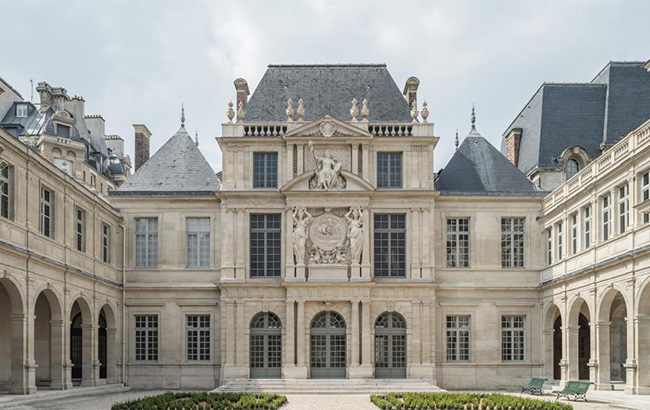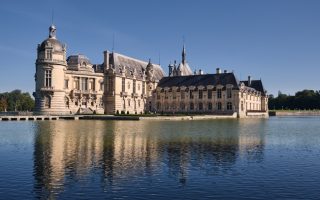How to be Parisian: The Real French Revolution
Stephen Clarke tries to give the Parisians a history lesson and visits Musée Carnavalet.
Parisians seem to revel in their loose grasp of certain key elements of life: how to queue, the meaning of traffic signs, the real starting time of any theatrical show (as opposed to the time on the ticket, which many of them treat as nothing more than an amusing fiction).
All of this makes everyday life in Paris either more relaxing or more annoying, depending on which side of the fence you sit – and after living here for a while, I can confirm that you increasingly lean towards the “why bother?” side. Personally, I always turn up on time for the theatre, but that may be because I’ve written for the stage so I’m just expressing the most basic solidarity.
Don’t Let Facts Get in the Way
Parisians show this same loose grasp on the history of their city. Almost all of them will repeat the myth that the French Revolution began, and was won, on July 14, 1789, when the city’s noisiest residents stormed the prison at the Bastille. In fact, the revolutionary process had already begun out in Versailles, in the shape of peaceful democratic debates, and the violence in Paris merely disrupted the process and set the tone for years of avoidable bloodshed.

Musée Carnavalet displays two 18th-century rooms, including the salon of the historic Hôtel de Breteuil, which shows the Louis XVI style which was popular just before the Revolution © Paris Musées
One of my favourite sections in the museum tells the story of the siege of Paris by the Prussians in 1870-71, and the subsequent uprising by the locals that has
come to be called the Commune. There are intriguing paintings, like the one showing a street butcher during the siege – displaying his selection of plump rats. There are also chilling photos of barricades erected by Communards in 1871 in streets that look exactly the same today – apart from the rifles and cannons.
The museum houses superbly decorated interiors rescued from buildings knocked down in the 19th century when Baron Haussmann ploughed his new boulevards through the old city. Wonderful hand-painted wallpapers and intricate wooden panels show the architectural losses that were traffic’s gain. The boulevards have become part of modern Paris’s “historical” identity, and rightly so, but countless homes were demolished to create them. It’s something we don’t think about today as we’re strolling around the Opéra district, and the Musée Carnavalet is there to remind us.
Swot up at the Musée
Another historical must is in Versailles. Close to the château entrance is the Salle du Jeu de Paume, the tiny indoor tennis court which hosted France’s first-ever democratic parliament in June 1789, before the Parisian rioters interrupted the debates. Its fascinating little exhibition is usually fairly empty because so few people know about this key moment in modern French history – including many Parisians whose ancestors lived through it.
I must confess that for me, the most satisfying part of visiting these museums is that, when I discuss history with a Parisian, I can often inject a little easy mischief into the conversation: “Oh là là, it sounds to me as if you’ve never been to Carnavalet…”
From France Today magazine
Lead photo credit : Musée Carnavalet © Cyrille Weiner
Share to: Facebook Twitter LinkedIn Email
More in best museums in Paris, French revolution, Musée Carnavalet, Paris
Leave a reply
Your email address will not be published. Required fields are marked *





